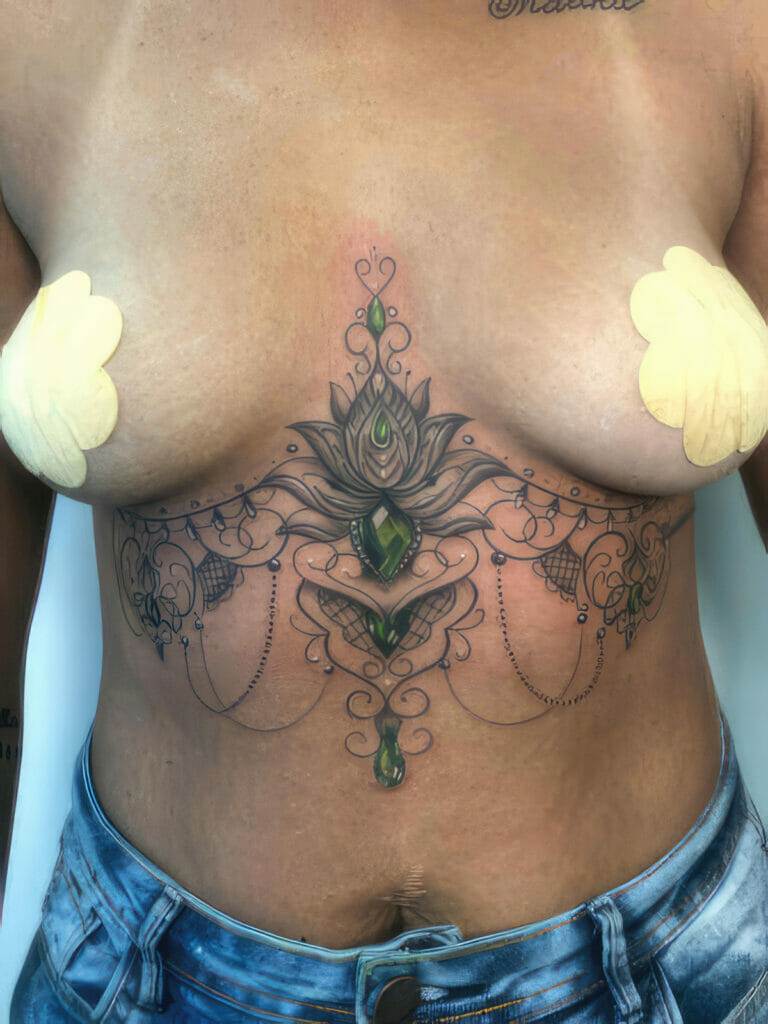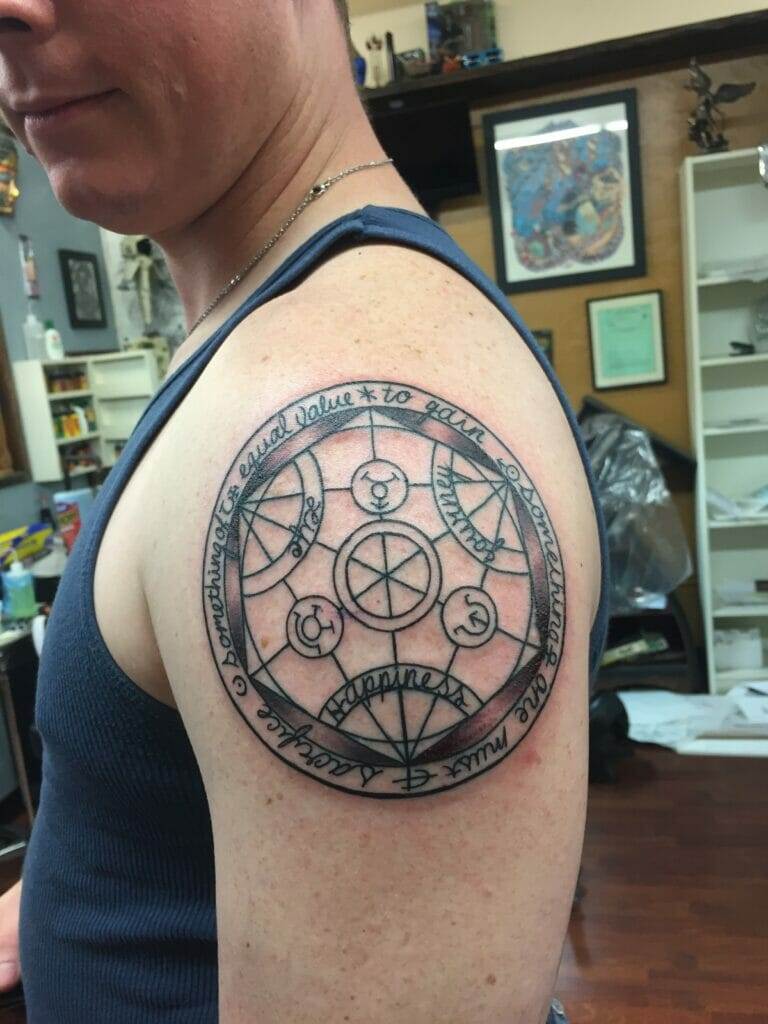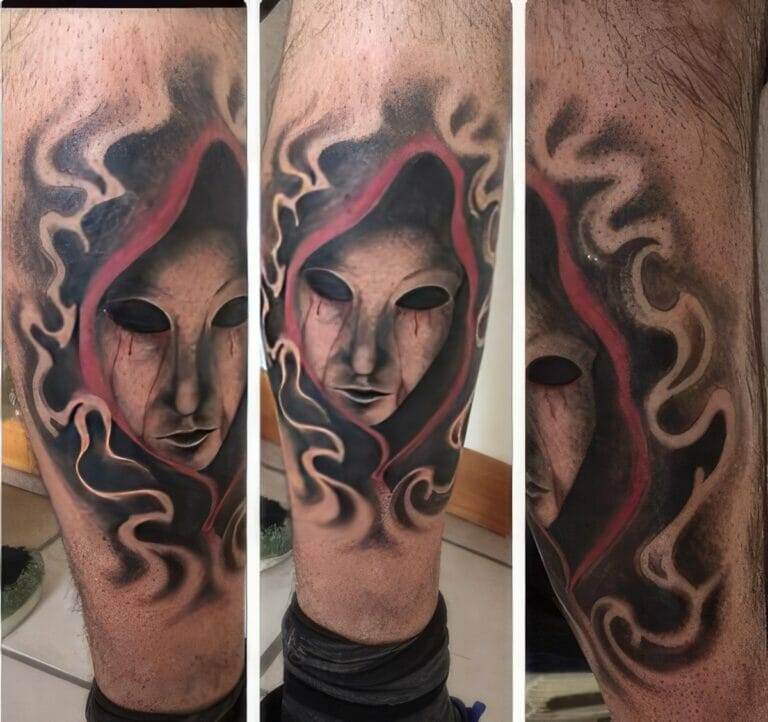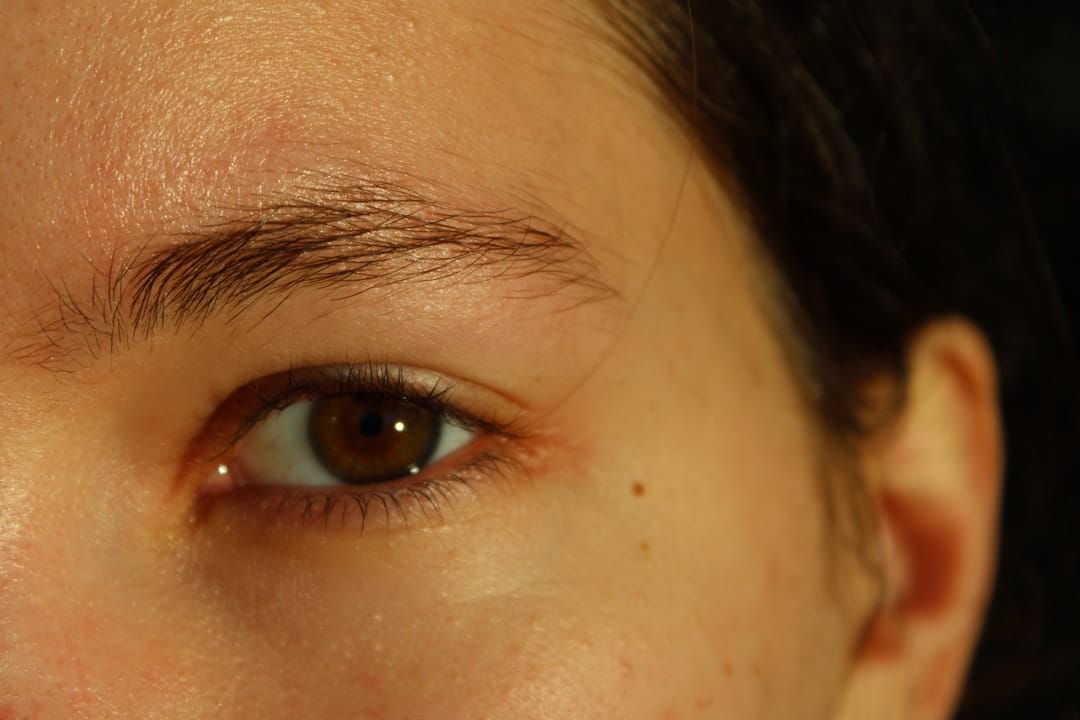
Tattooing over moles is a practice that raises significant concerns among both dermatologists and tattoo artists. Moles, or nevi, are pigmented skin lesions that can vary in size, shape, and color. While many moles are benign, some can be precursors to skin cancer or other dermatological issues.
The primary risk associated with tattooing over a mole is the potential to obscure changes in the mole’s appearance, which could delay the diagnosis of skin cancer. When a tattoo is applied, it can mask the mole’s characteristics, making it difficult for both the individual and healthcare professionals to monitor any changes that may occur over time. Moreover, the ink used in tattoos can interact with the skin in unpredictable ways.
The pigments may cause inflammation or an allergic reaction, which can complicate the assessment of the mole beneath. This interaction can lead to a situation where a person may not notice changes in their mole due to the tattoo, potentially resulting in serious health implications. Therefore, understanding these risks is crucial for anyone considering tattooing over a mole.
Key Takeaways
- Tattooing over moles can increase the risk of missing changes in the mole that could indicate skin cancer.
- Potential complications of tattooing over moles include difficulty in monitoring changes in the mole, and the risk of spreading cancerous cells if the mole is already cancerous.
- Precautions to take before tattooing over moles include consulting with a dermatologist to assess the mole and determine if it is safe to tattoo over it.
- It is important to consult with a dermatologist before tattooing over moles to ensure that the mole is not cancerous and to discuss any potential risks.
- When choosing a professional and experienced tattoo artist, it is important to inquire about their experience with tattooing over moles and their understanding of the associated risks.
Potential Complications of Tattooing Over Moles
The complications that can arise from tattooing over moles are varied and can range from mild to severe. One of the most immediate concerns is the risk of infection. The process of tattooing involves puncturing the skin with needles, which can introduce bacteria into the area.
If a mole is already compromised or has an underlying issue, this risk is heightened. An infection can lead to inflammation, pain, and even scarring, which may further obscure the mole’s appearance. In addition to infection, there is also the possibility of allergic reactions to the tattoo ink.
Some individuals may develop contact dermatitis or other skin reactions that can cause redness, swelling, or itching. These reactions can complicate the healing process and may require medical intervention. Furthermore, if a mole is later determined to be atypical or cancerous, the presence of a tattoo can hinder proper evaluation and treatment options.
This underscores the importance of being fully aware of the potential complications before proceeding with a tattoo over a mole.
Precautions to Take Before Tattooing Over Moles

Before deciding to tattoo over a mole, it is essential to take several precautions to ensure safety and minimize risks. First and foremost, individuals should conduct thorough research on their moles. This includes monitoring any changes in size, shape, color, or texture.
Keeping a record of these changes can provide valuable information for healthcare professionals if concerns arise later on. Additionally, individuals should avoid tattooing over moles that have recently changed or appear suspicious. Another critical precaution is to consult with a healthcare professional before proceeding with a tattoo.
A dermatologist can provide insights into whether it is safe to tattoo over a specific mole and can assess its characteristics. They may recommend waiting for further evaluation or suggest alternative locations for the tattoo that do not involve moles. Taking these steps can help ensure that individuals make informed decisions regarding their skin and overall health.
Consultation with a Dermatologist
Consulting with a dermatologist is an essential step for anyone considering tattooing over a mole. Dermatologists are trained to evaluate skin conditions and can provide expert advice on the safety of tattooing in such areas. During the consultation, the dermatologist will examine the mole in question and assess its characteristics, including its size, shape, color, and any changes that may have occurred over time.
This evaluation is crucial in determining whether it is safe to proceed with a tattoo. In some cases, dermatologists may recommend additional tests or monitoring before allowing a tattoo to be applied over a mole. They may suggest a biopsy if there are any concerns about the mole’s nature or if it appears atypical.
This proactive approach ensures that any potential issues are addressed before proceeding with tattooing. Ultimately, consulting with a dermatologist not only provides peace of mind but also prioritizes health and safety when considering body art.
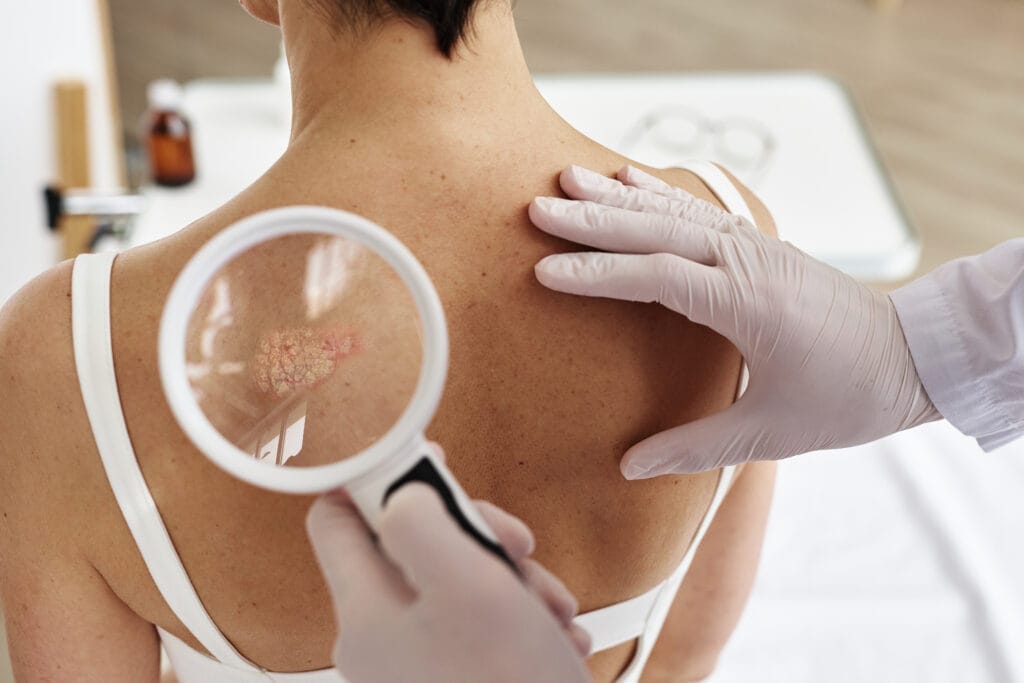
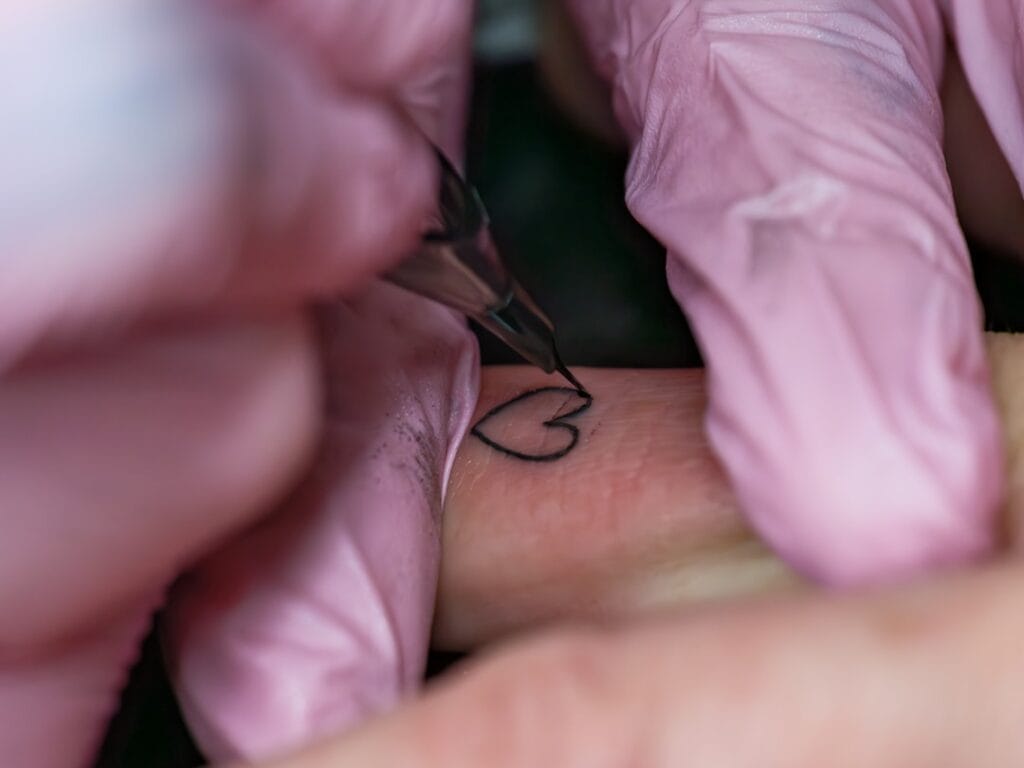
Choosing a Professional and Experienced Tattoo Artist
Selecting a professional and experienced tattoo artist is paramount when considering any tattoo, especially one placed over a mole. A skilled artist will have an understanding of skin anatomy and will be able to assess whether it is appropriate to tattoo over specific areas. They should also be knowledgeable about hygiene practices and infection control measures to minimize risks during the tattooing process.
When choosing an artist, it is advisable to review their portfolio and seek recommendations from previous clients. An experienced artist will have a track record of successful tattoos and will be able to provide insights into their techniques and practices. Additionally, discussing your concerns about tattooing over a mole with the artist can help gauge their expertise and comfort level with such requests.
A reputable artist will prioritize your health and safety while ensuring that you achieve the desired aesthetic outcome.
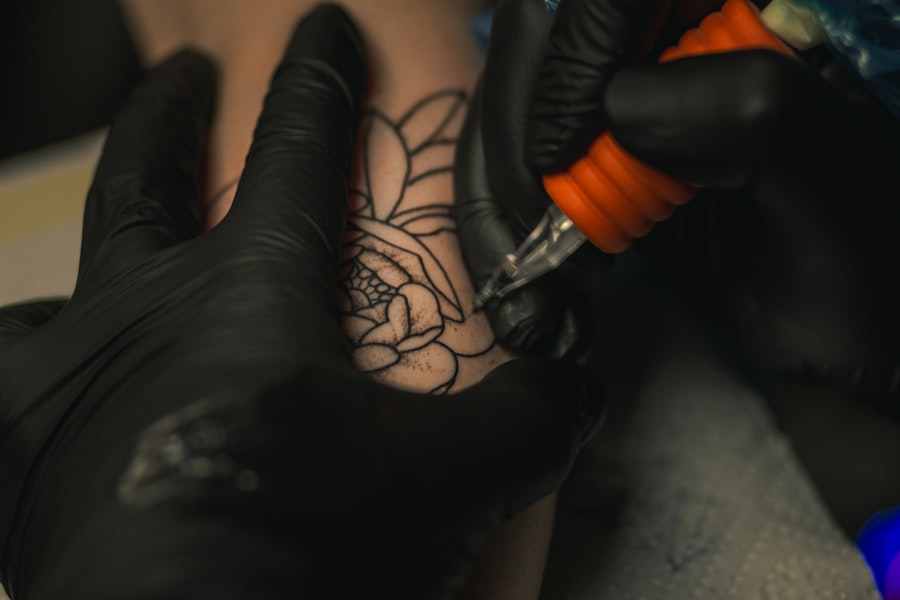
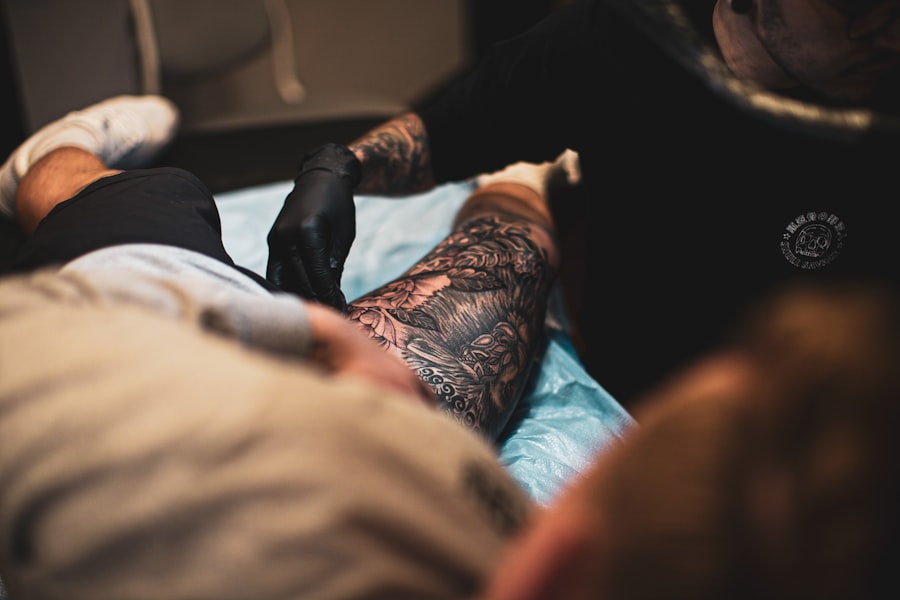
Aftercare for Tattooed Moles
Proper aftercare is crucial for any tattoo but becomes even more significant when it involves a mole. After getting a tattoo over a mole, individuals should follow specific aftercare instructions provided by their tattoo artist to promote healing and prevent complications. This typically includes keeping the area clean and moisturized while avoiding direct sunlight exposure during the initial healing phase.
It is also essential to avoid picking at scabs or peeling skin as this can lead to scarring or infection. Regularly applying a recommended ointment or moisturizer can help keep the area hydrated and support the healing process. Monitoring for any signs of infection or unusual changes in the appearance of both the tattoo and the underlying mole is vital during this period.
Adhering to aftercare guidelines not only enhances the longevity of the tattoo but also ensures that any potential issues are addressed promptly.
Monitoring Moles After Tattooing
After getting a tattoo over a mole, ongoing monitoring becomes essential for maintaining skin health. Individuals should regularly check the area for any changes in the appearance of both the tattoo and the underlying mole. This includes observing for alterations in color, size, shape, or texture that may indicate potential issues.
Keeping track of these changes can help identify any concerns early on. If any unusual changes are noticed, it is crucial to consult with a dermatologist promptly. They can perform an evaluation and determine whether further action is necessary.
Regular self-examinations combined with professional assessments can help ensure that any potential problems are addressed before they escalate into more serious health concerns.
When to Seek Medical Attention
Knowing when to seek medical attention after tattooing over a mole is vital for ensuring health and safety. If individuals experience symptoms such as excessive redness, swelling, pain, or discharge from the tattooed area, it may indicate an infection that requires prompt treatment. Additionally, if there are noticeable changes in the mole itself—such as increased asymmetry, irregular borders, or color variations—immediate consultation with a dermatologist is warranted.
Being proactive about skin health is essential after getting a tattoo over a mole. Regular check-ups with healthcare professionals can provide reassurance and ensure that any potential issues are addressed early on. Ultimately, prioritizing health by seeking medical attention when necessary can lead to better outcomes and peace of mind for those who choose to express themselves through body art while being mindful of their skin’s well-being.
FAQs
What are moles?
Moles are small, pigmented spots on the skin that are usually brown or black in color. They are made up of clusters of pigment-producing cells called melanocytes.
Is it safe to tattoo over moles?
Tattooing over moles can pose health risks, as it can make it difficult to monitor changes in the mole that could indicate skin cancer. Additionally, the tattooing process can potentially damage the mole and increase the risk of complications.
Can tattooing over moles affect the detection of skin cancer?
Yes, tattooing over moles can make it more difficult to detect changes in the mole that could indicate skin cancer. It is important to regularly monitor moles for any changes in size, shape, color, or texture, and to seek medical attention if any changes are noticed.
What are the potential health risks of tattooing over moles?
Tattooing over moles can potentially cause damage to the mole, leading to complications such as infection, scarring, and changes in the appearance of the mole that could make it more difficult to monitor for signs of skin cancer.
What should I do if I have a mole in the area where I want to get a tattoo?
If you have a mole in the area where you want to get a tattoo, it is important to consult with a dermatologist before proceeding with the tattoo. The dermatologist can assess the mole and determine if it is safe to tattoo over it, or if it should be monitored for any changes that could indicate skin cancer.



